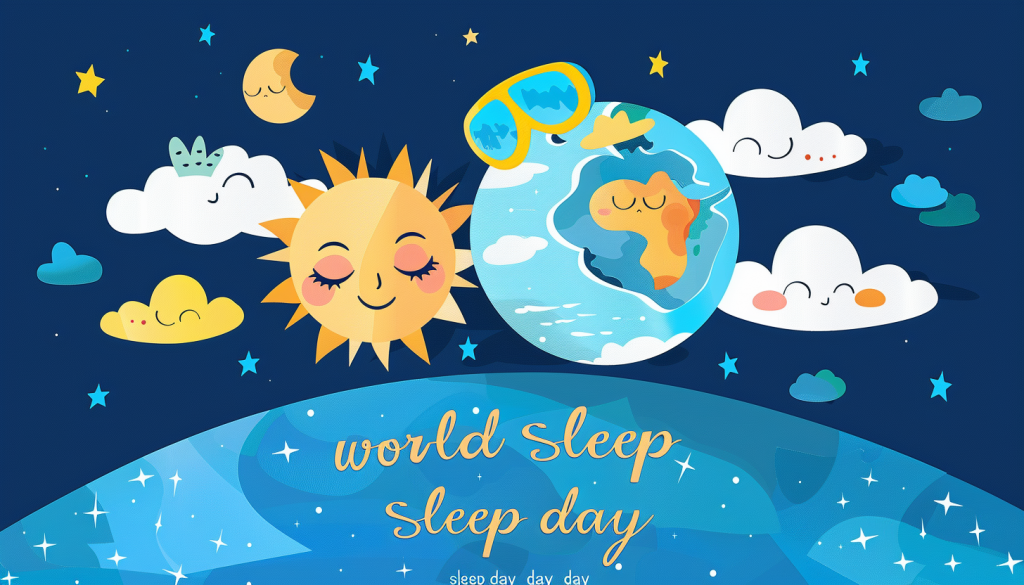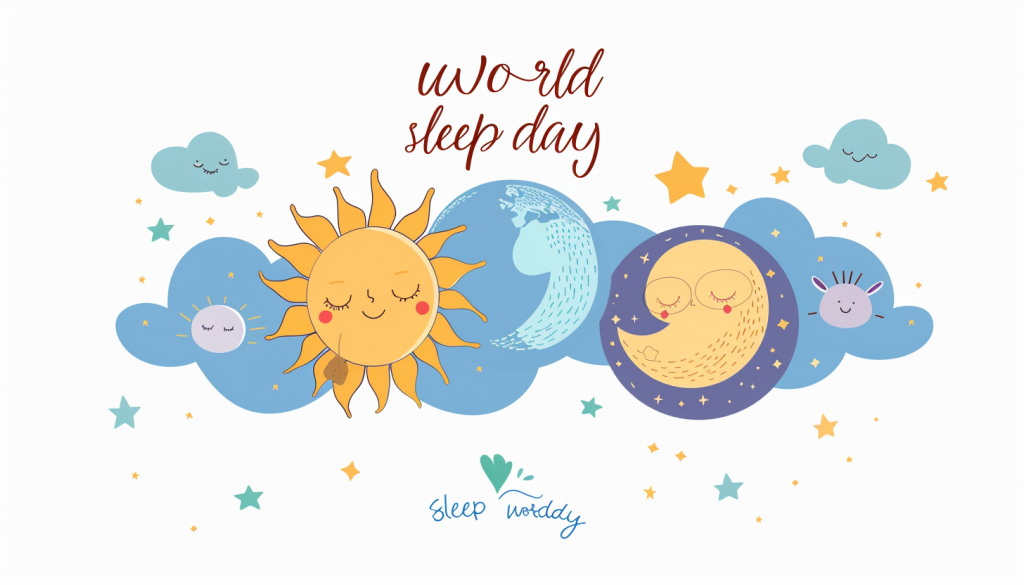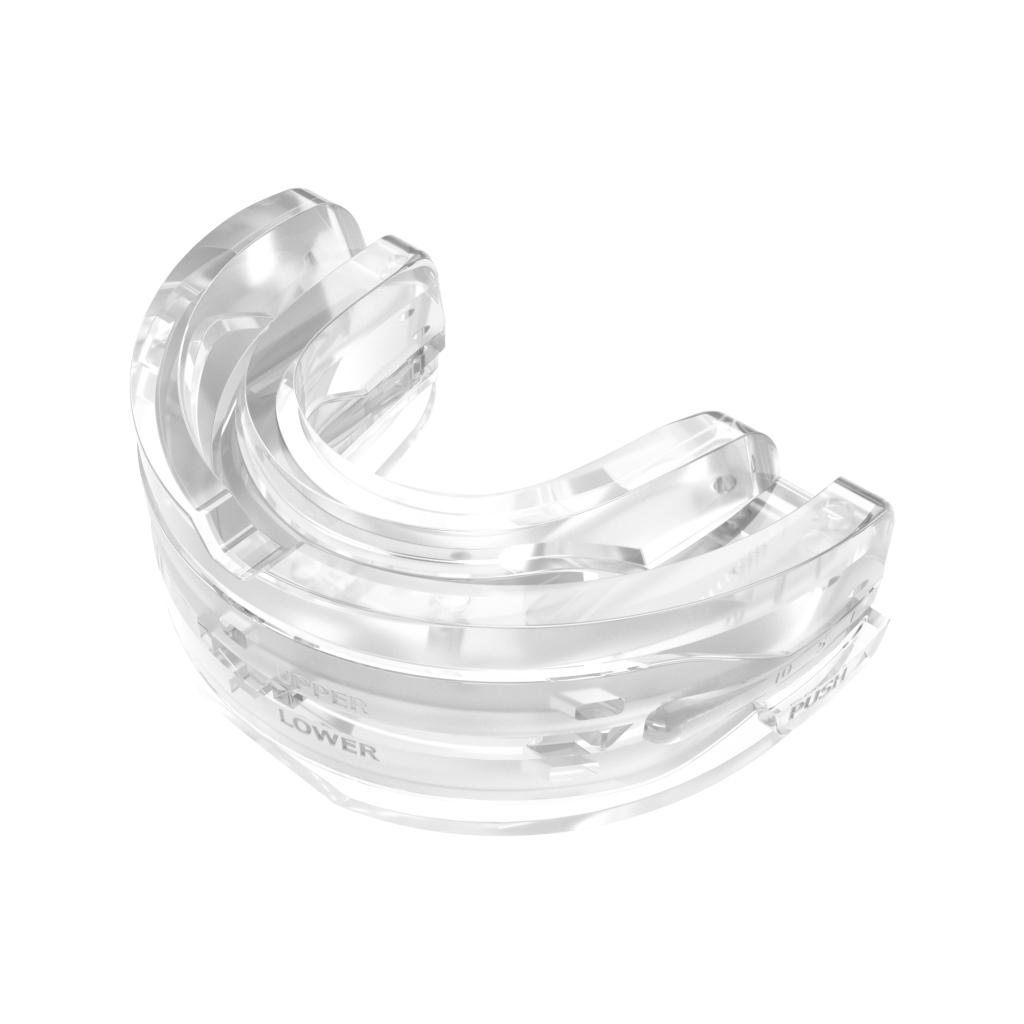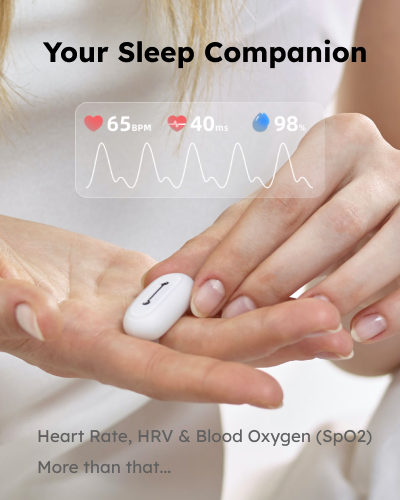
World Sleep Day: Is snoring a disease?
Have you ever experienced being disturbed by a “roommate” who snores all night long, seriously affecting your sleep quality?
Not only do you feel drowsy in the morning, but they also feel drowsy during the day due to oxygen deficiency…
Lack of concentration, severe decrease in work efficiency, and other factors have seriously affected our physical and mental health, as well as our life and work.
Question: Doctor! Is snoring a disease?
“This condition is medically known as obstructive sleep apnea syndrome, and it is very common but often overlooked by many people.”
March 21st : World Sleep Day.
People spend one-third of their lives sleeping, and good sleep is internationally recognized as one of the health standards.
However, in today’s high-pressure environment, more and more people are suffering from severe sleep disorders, which in turn trigger more concurrent symptoms, seriously affecting normal life.
Obstructive sleep apnea, OSA
M2 MRD
M2 is a quickly tailored oral appliance solution for those who are seeking to address snoring or mild OSA without medical assistance.
✔ 30-Night Money-back Guarantee (excluding shipping fee)
✔ Lab-Lever Product
✔ Silent nights from Day One, adaptation in a Week, renew your life in a Month! or your money back!
It refers to the collapse of the upper airway during sleep, which affects normal ventilation. This condition is characterized by more than 30 episodes of breathing pauses or shallow breathing per hour during a 7-hour sleep period, or an Apnea-Hypopnea Index (AHI) ≥5 events per hour.
In patients with obstructive sleep apnea (OSA), breathing pauses and shallow breathing occur during sleep, leading to oxygen deficiency in the brain and other organs. If snoring or severe snoring is not controlled for a long time, it may pose risks to the body such as stroke, hypertension, arrhythmia, and obesity.
Who needs to undergo sleep monitoring?
- Snoring Syndrome
Manifests as snoring and frequent breathing interruptions during nighttime sleep, often accompanied by daytime sleepiness, lack of concentration, memory impairment, insomnia, fatigue, etc.
- Paradoxical Insomnia
Mainly characterized by subjective complaints of insomnia by the patient, but in reality, observers or family members notice no signs of insomnia, also known as “sleep state misperception.”
- Narcolepsy
Typical symptoms include excessive daytime sleepiness, sudden falls, sleep paralysis (when waking up or falling asleep, being conscious but unable to move, which can be terminated by slight stimulation), and hallucinations before falling asleep.
- Parasomnias
Such as sleepwalking (commonly known as somnambulism), rapid eye movement sleep behavior disorder (commonly known as dream enactment behavior), characterized by shouting, kicking, and punching during sleep.
- Sleep-Related Movement Disorders
Such as sleep-related bruxism, periodic limb movement disorder, restless legs syndrome, etc.

How to conduct self-testing?
Self-test to see if you or your family members are at risk of obstructive sleep apnea (OSA):
- Snoring: Do you snore loudly (louder than talking, or can it be heard through closed doors)?
- Fatigue: Do you feel tired during the day or feel sleepy?
- Observations: Has anyone observed that you stop breathing while sleeping?
- Blood pressure: Have you ever been or are currently diagnosed with high blood pressure?
- BMI (Body Mass Index): Is your BMI greater than 35 kg/m²?
- Age: Are you over 50 years old?
- Neck circumference: Is your neck circumference greater than 40 cm?
- Gender: Are you male?
Scoring criteria: Individuals with less than 2 “yes” responses are at low risk of OSA, those with 3-4 “yes” responses are at moderate risk, and those with 5 or more “yes” responses are at high risk.

Through the above self-testing, if one suspects having obstructive sleep apnea syndrome, they can visit a professional and reputable medical institution for sleep monitoring and diagnosis.
Polysomnography (PSG) is the most commonly used method for sleep monitoring, considered the “gold standard” for diagnosing various sleep-related disorders.
PSG records physiological signals such as brain waves, eye movements, muscle activity, electrocardiogram (ECG), blood oxygen saturation, airflow, snoring, and limb movements throughout the night to objectively evaluate the patient’s sleep quality and structure.
Sleep monitoring precautions:
- Avoid alcohol, coffee, cola, tea, and other stimulating beverages on the day of the examination.
- Do not take naps on the day of the examination. Bring loose-fitting sleepwear (with the front able to be opened) and sleep pants for the examination.
- Take a shower at home before the examination. Avoid using hair styling or hair care products after showering. Male patients should shave before the examination.
- For those who need to urinate at night, try to reduce the amount of water consumed before bedtime.
- Avoid vigorous exercise before the monitoring and maintain stable mental and emotional states to avoid affecting sleep.
- Avoid upper respiratory tract infections before the monitoring.
ALL ARTICLES
Subscribe Us
Products
Company
Copyright © SLEEPON. All rights reserved.
SLEEPON keeps both Sleeponhealth and Sleepon.us due to the brand upgrading. We promise to provide the same products and service in both sites.









Leave a Reply